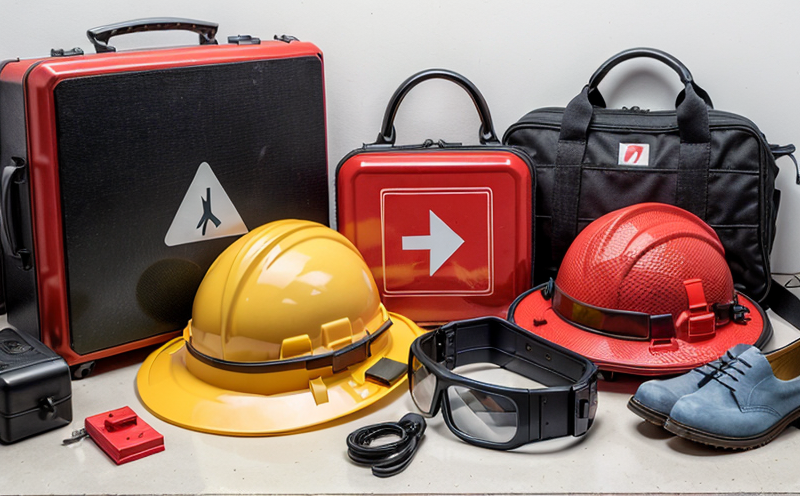ISO 18813 Inflatable Liferafts Safety Performance Verification
The ISO 18813 standard provides a robust framework to ensure the safety and performance of inflatable liferafts in marine environments. This standard is crucial for maritime organizations, ensuring that liferafts meet stringent requirements for buoyancy, inflation time, structural integrity, and occupant safety.
Inflatable liferafts are critical emergency equipment used on vessels to provide a means of survival during emergencies at sea. They must be reliable and capable of withstanding harsh marine conditions. The ISO 18813 standard mandates comprehensive testing procedures that simulate real-world scenarios, ensuring the liferafts perform as expected when deployed.
The test procedure involves several stages designed to evaluate different aspects of a liferapt's performance:
- Initial Inflation: Measuring the time taken for the liferapt to fully inflate upon activation
- Floating Stability: Assessing the raft’s ability to remain stable and upright in various sea conditions
- Buoyancy: Ensuring that the liferapt can support a specified number of occupants with sufficient freeboard
- Occupant Capacity: Verifying the maximum number of persons it is designed to safely hold
- Escape Opening: Checking for proper operation and ease of use during evacuation
Testing these aspects ensures that liferafts meet the highest safety standards, providing peace of mind to maritime personnel. Compliance with this standard helps organizations avoid potential legal issues and enhances overall safety protocols.
Why It Matters
The importance of ISO 18813 liferafts testing cannot be overstated, especially in the context of maritime safety. These tests are vital for ensuring that liferafts perform reliably under extreme conditions, which is critical for saving lives during emergencies.
Maritime industries face numerous challenges, including harsh weather conditions, rough seas, and unpredictable environments. Liferafts must be dependable in these scenarios to ensure the survival of crew members and passengers. By adhering to ISO 18813 standards, maritime organizations can:
- Ensure compliance with international regulations
- Reduce the risk of accidents and fatalities during emergencies
- Promote a culture of safety within the organization
- Ease regulatory compliance and auditing processes
- Increase public confidence in maritime operations
The standard also promotes innovation by encouraging continuous improvement, thereby enhancing the design and functionality of liferafts. This not only benefits the immediate industry but also contributes to global safety standards.
Applied Standards
| Standard Number | Description |
|---|---|
| ISO 18813-1 | General requirements for inflatable liferafts |
| ISO 18813-2 | Inflation and buoyancy tests |
| ISO 18813-3 | Floating stability and freeboard tests |
| ISO 18813-4 | Occupant capacity test |
Quality and Reliability Assurance
The quality assurance process for ISO 18813 liferafts involves a series of rigorous checks at various stages to ensure that the final product meets all specified criteria. This includes:
- Conducting detailed inspections of materials and components
- Performing pre-test calibrations on test equipment
- Implementing a robust quality control system during manufacturing
- Documenting all tests and results meticulously
A commitment to quality also extends beyond the testing phase. Continuous monitoring of liferafts in service environments helps identify potential issues early, ensuring that any necessary repairs or replacements are made promptly.





